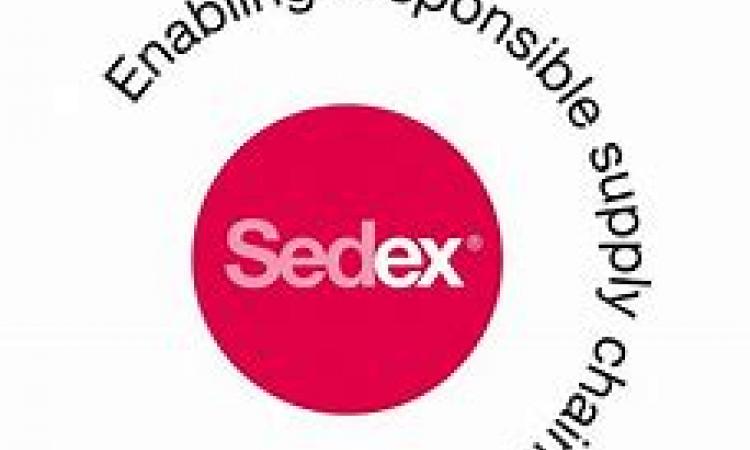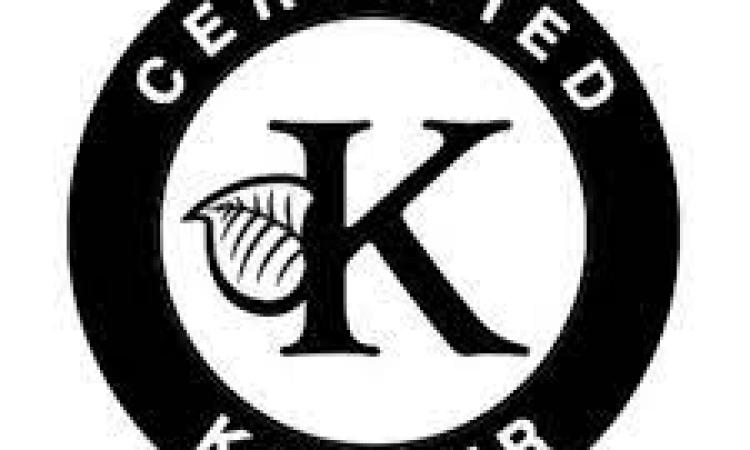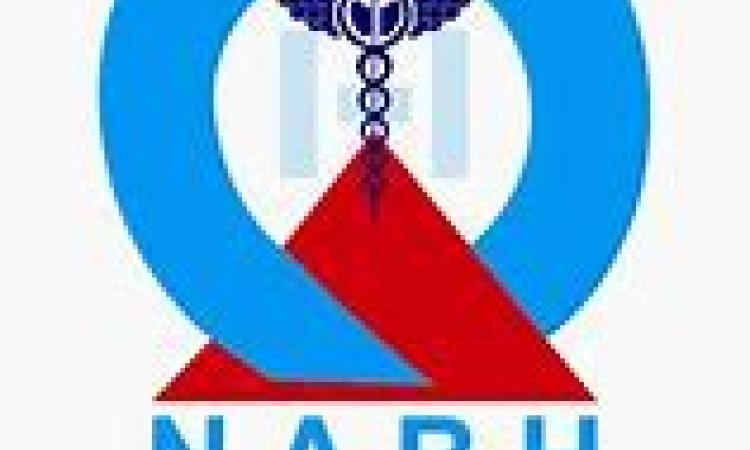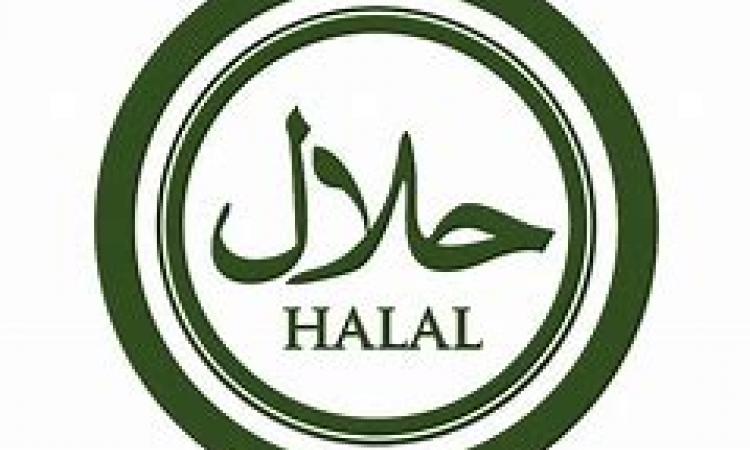The most comprehensive, contemporary, quantified audit process available, which allows you to test your health and safety performance against the latest legislation, recognised standards and best practice techniques.

The most comprehensive, contemporary, quantified audit process available, which allows you to test your health and safety performance against the latest legislation, recognised standards and best practice techniques.
A Safety Audits is an organized procedure whereby data is gathered identifying with the productivity, viability, and unwavering quality of an organization’s all about Health & Safety Management System.
Safety Audits serve two broad purposes:
1. They are routinely directed so as to decide if the organization is in consistence with security enactment. These can be performed by representatives of an administrative body or by the organization itself.
2. They are utilized to distinguish shortcomings in their safety projects and procedures. These reviews are then utilized as a guide for structuring safety plans or to distinguish restorative activities that ought to be attempted
Provides a quantified outcome with detailed recommendations against a contemporary best practice specification (including the requirements of ISO 45001) over and above current OHSMS standard requirements.
The audit specification model includes six best practice indicators which are continually assessed throughout the audit process:
The audit goes far beyond the requirements of current health and safety management systems such as ISO 45001. Undertaking this audit allows you to demonstrate your commitment to achieving excellence in health and safety standards to your employees, clients and other stakeholders.
Organisation’s within any sector (of any size) who:
(a) require a status assessment of their current OHSMS against best practice
(b) require a structured route toward best practice status.
Safety audits are beneficial because they:
Promote consistent audit of frameworks to guarantee that they don’t end up debilitated by propensity
Facilitate arranged upgrades to projects, strategies, and systems
Help to distinguish shortcomings in HR divisions
Help to exhibit the executives’ commitment to representative health and security
Performing a Safety Audit-
When arranging a Safety Audit, it is imperative to pursue a set procedure. Begin by shaping a security audit group or teams. A few organizations employ outside experts to play out the audit, which can be powerful. In the case of utilizing existing representatives, make groups that incorporate 3-5 individuals and dependably guarantee representatives don’t review their very own workplace.
Those on the Safety Audits groups ought to be prepared on the present security benchmarks so they comprehend what to search for. In extra learning of laws, OHSAS guidelines, and whatever other gauges that may apply can enable them to distinguish potential health concerns.
Whenever prepared, the Safety Audit groups need to take a gander at any occurrence reports for the region they are inspecting. These reports can give key knowledge into where potential issue territories exist. They would then be able to go to the physical area of the territory being reviewed and watch work being finished. They can pose inquiries of the representatives in that work in the territory and get however much data as could reasonably be expected
At long last, groups should take all the data and examine it for potential security concerns. Some safety issues will be very self – evident, however others might be covered up in the information. When the audit is finished, either a similar audit group or another group should start making arrangements for what can be changed in the office to improve security dependent on the data that was assembled during the audit.
The audit goes far beyond the requirements of current health and safety management systems such as ISO 45001. Undertaking this audit allows you to demonstrate your commitment to achieving excellence in health and safety standards to your employees, clients and other stakeholders.
The audit also provides:
Request more information about the Five Star Audit from our Sales team.
Whoever performs it, a safety audit usually involves the same basic steps:
1. Preparation. An organization decides that it’s time for an audit, and selects a safety auditor. Many companies have access to auditors through their EHS solution providers; others need to look within their networks or search for the right individual or firm to hire. The parties then get in touch and plan for the audit, determining scope, timeline, and objectives. At this point, the auditor may request some initial documentation and information from the organization, or simply set a date to visit the company’s facilities.
2. Conducting the audit. One or more safety auditors investigate the organization’s premises, procedures, people, and programs, paying close attention to any clear or potential hazards, safety issues, and regulatory violations. Many aspects of the process can occur electronically, but most audits necessitate a physical visit. Depending on the style and type of audit being conducted, an auditor may use a checklist, grade the organization in various categories, and/or jot down qualitative thoughts and observations. Auditors often take pictures, interview employees and organizational leadership, and collect other forms of evidence. This information is confidential—it stays between the auditor and the company getting audited.
3. Reporting. Once the audit is completed, the auditor creates a report detailing their findings. This report typically summarizes what is and isn’t working, indicating the relative priority and severity of different safety issues with various forms of data, charts, and graphs. Good safety auditors also provide recommendations for safety program improvements.
4. Corrective and preventive actions. Either on their own or with the help of the safety auditor, the organization’s internal team gets to work addressing the audit findings. Effective follow-through involves taking both corrective and preventive actions—correcting existing problems and preventing future sources of risk from developing further. Again, the best safety auditors are also safety consultants and can ensure this occurs in a thorough, timely, and cost-effective manner.
Generally speaking, an organization should conduct a safety audit at least once per year.
However, some organizations—particularly larger organizations—perform safety audits more often (e.g. every 6 or 3 months) to minimize their risks. Other companies are obligated to perform audits at specific dates due to internal policies, pressure from customers or shareholders, or orders from OSHA or another regulatory body.
Significant changes in business, technology, laws and regulations, working conditions, and workforce composition also trigger safety audits. For example, if you recently opened a plant in another state, hired 100 new employees, or purchased a fleet of forklifts, it’s probably a good idea to conduct a safety audit.
Regularly-occurring safety audits offer myriad benefits to organizations, as well as their employees, contractors, and customers:
With the right cadence, technology, and safety partner by your side, safety audits will quickly pay for themselves. Calculate your safety ROI.
Ready? Grab a pen and paper, or don’t—you probably won’t need them. Here’s a calculation based on the NSC’s model:
your safety investment × 2 = your ROI
It’s that simple. Take your safety investment, double it, and pay it back to your organization. For every dollar spent on safety today, you save $2.00 in the future.
This is a conservative estimate, by the way. Safety+Health magazine reports that “[v]arious studies have shown $1 invested in injury prevention returns between $2 and $6.” Indeed, a more accurate calculation of ROI may be to triple or even quadruple that initial investment.
As self-evident as those results may seem, some decision makers may remain unconvinced of the value of a safety culture. Perhaps they’ve never dealt with a major accident and they believe the risk is so insignificant as to be essentially nonexistent.
Let’s put things into perspective: a single workplace fatality can threaten to sink a company.
The Centers for Disease Control and Prevention estimate a fatal injury may cost nearly $1 million, while the National Safety Council places it around $1.4 million. And when you factor in the indirect costs of lost productivity, employee replacement, insurance, attorneys, and so forth, the cost jumps to $3 million on average.
In terms of leadership, financial strategy, and fiduciary duty, there’s no reason to ignore workplace safety. Think of it this way: you can either double your company’s investment or put millions of dollars on the line. Which choice will your organization make?
SHARE +Contact dash@dashinspectorate.com or call whats app 00971508692438







